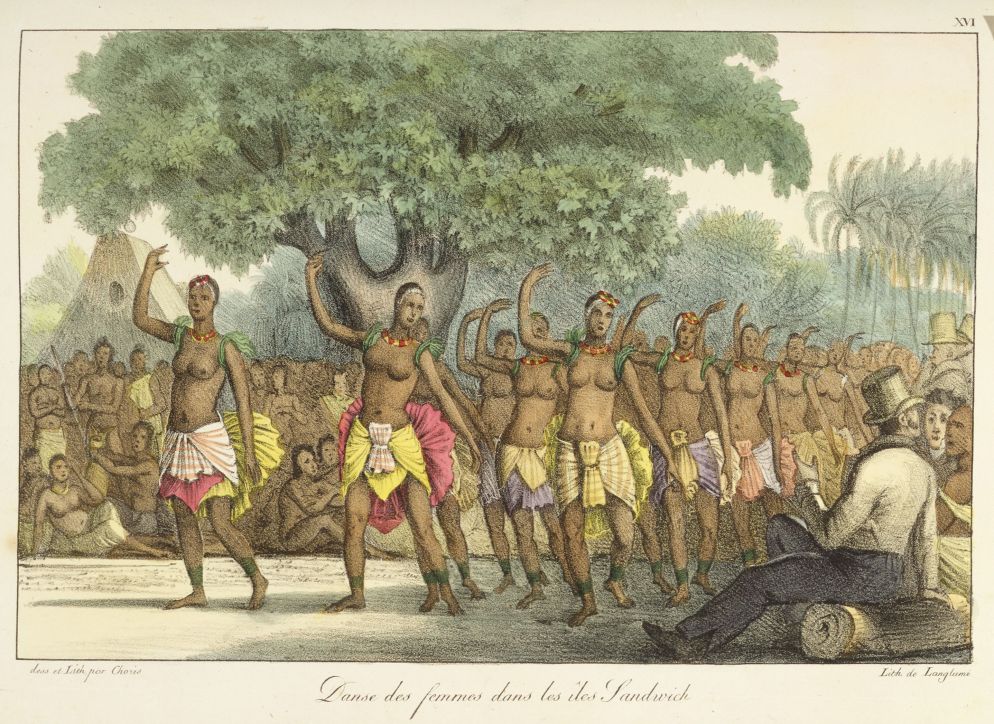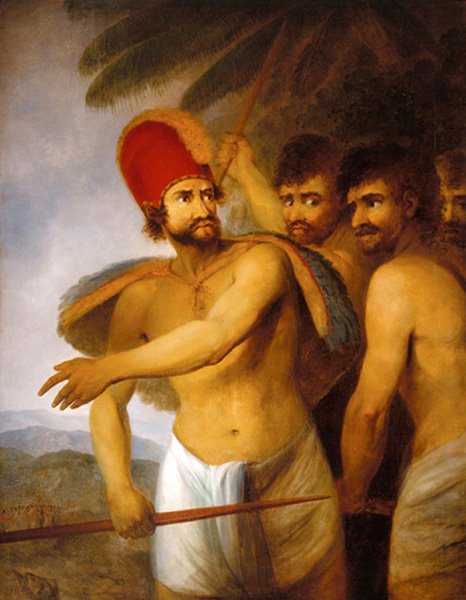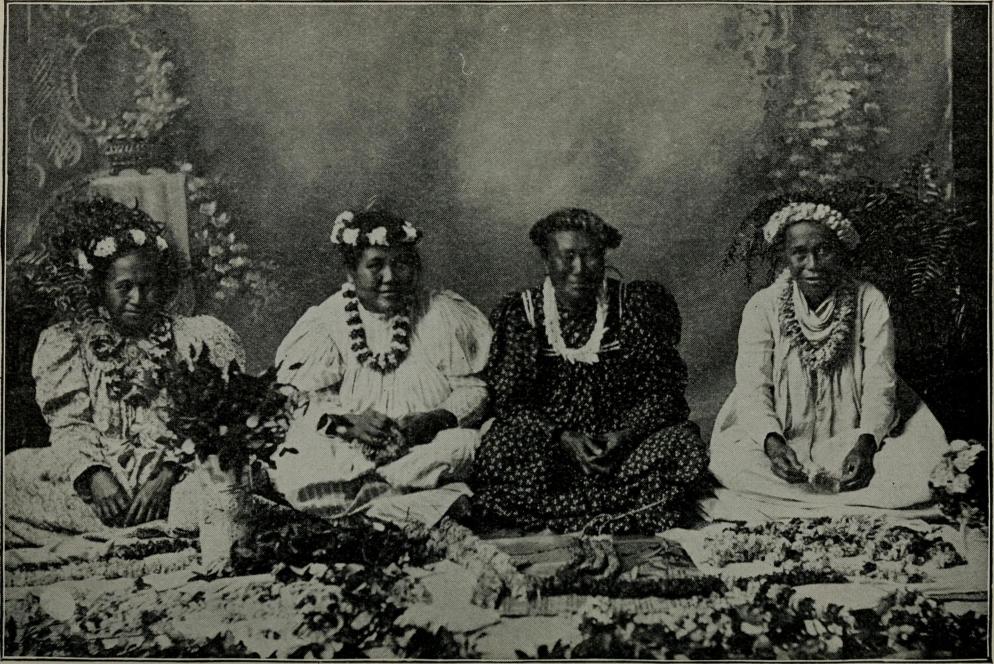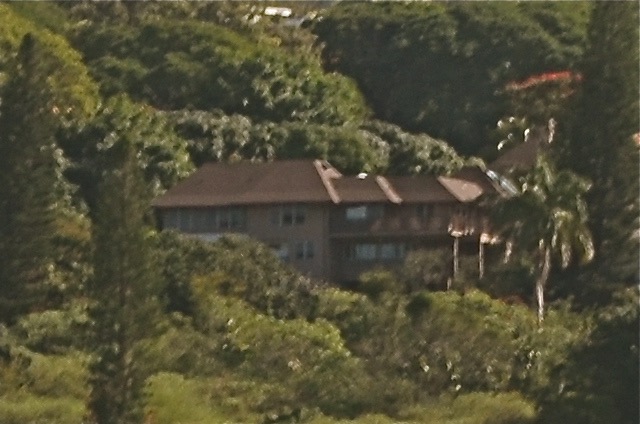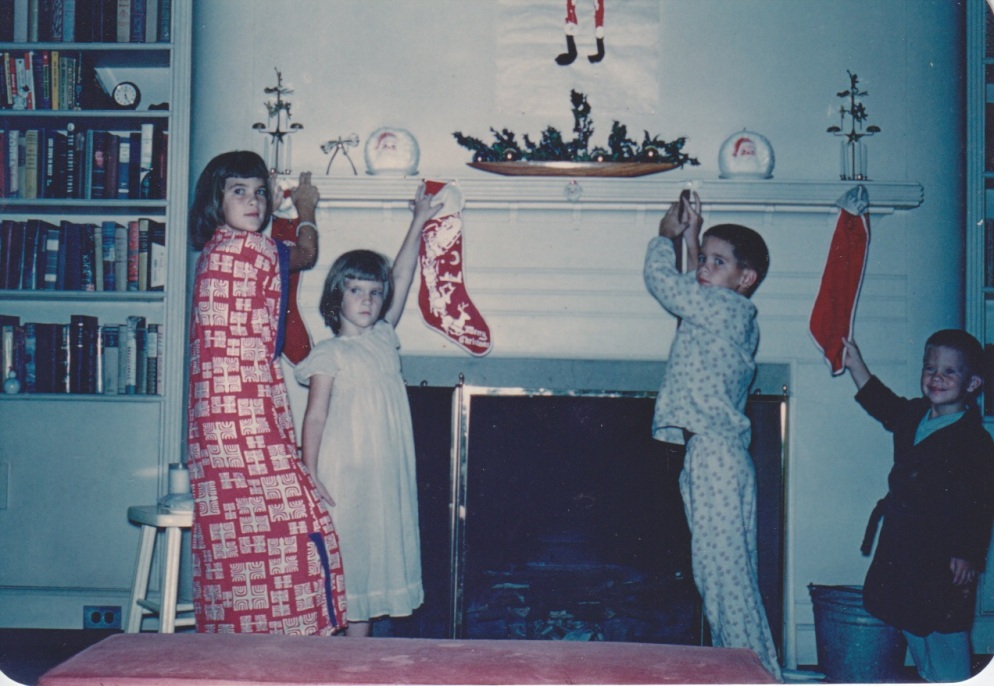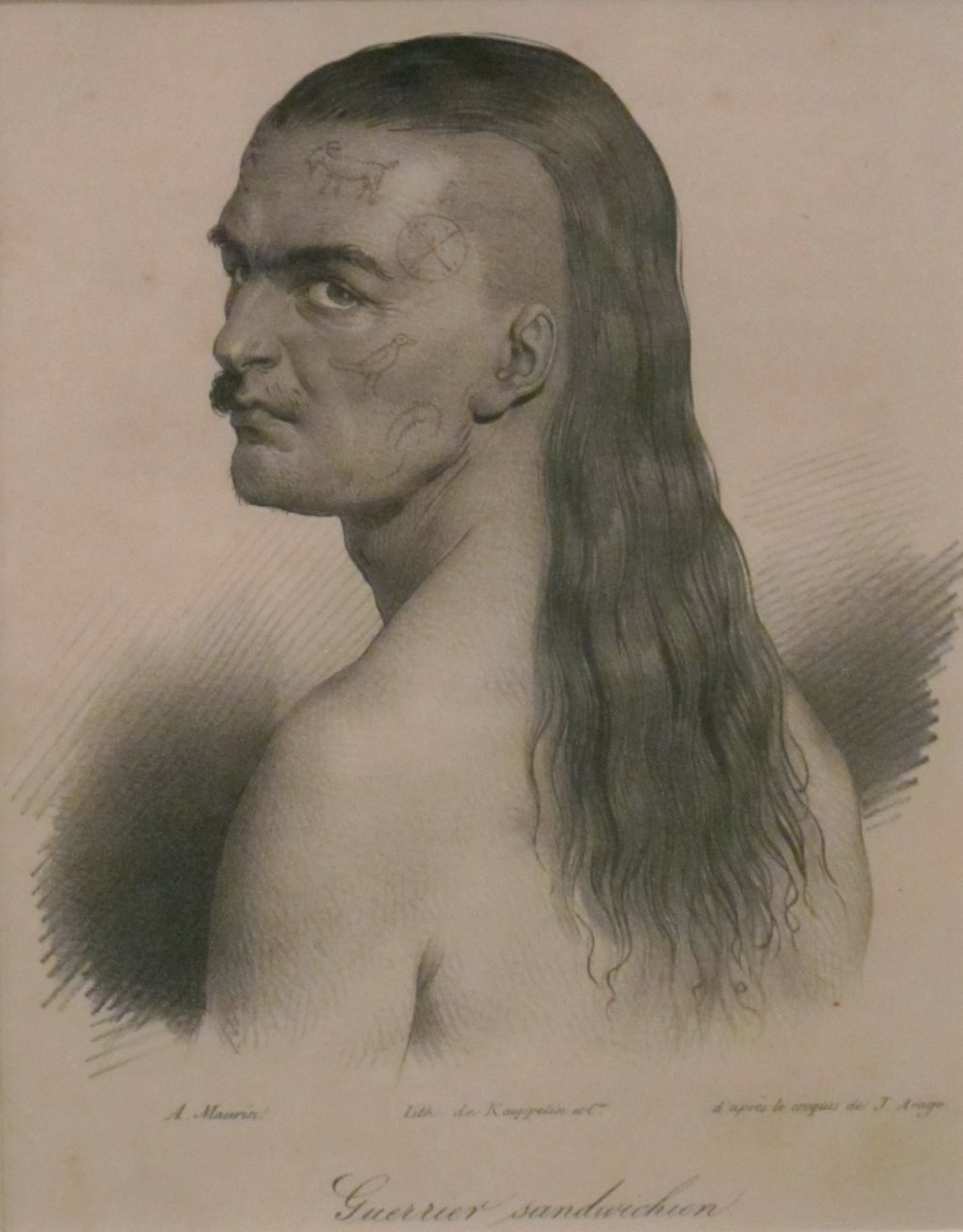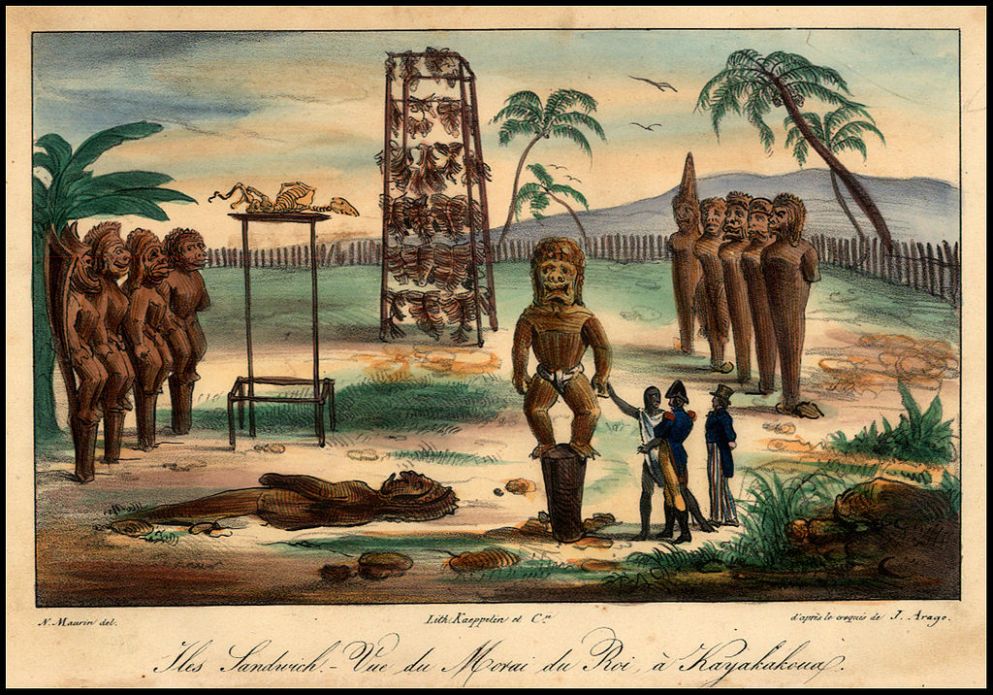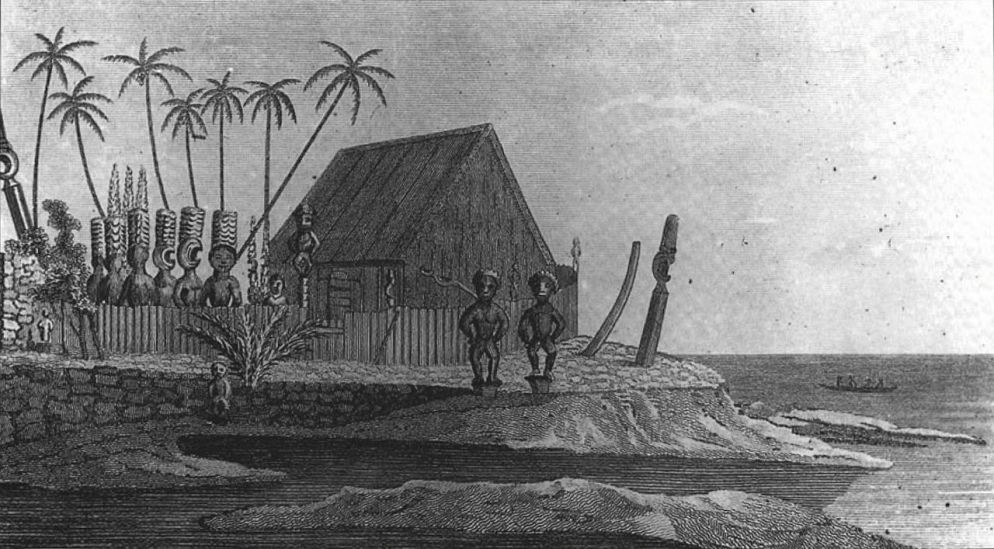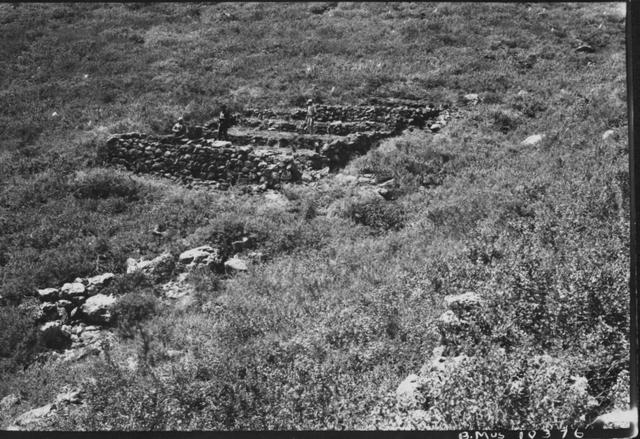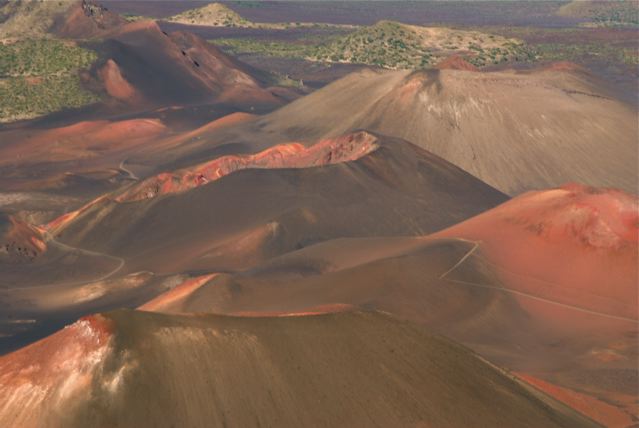I spent my entire childhood and adolescence at the Punahou School in Honolulu, as did most of my friends and my brother. We did not know many children from other schools. There were a few private schools that were Catholic, which meant that mainly Puerto Rican, Portuguese or Filipino children, segregated from us by religion as well as by race, attended these schools. When I was not in school, I was at the Outrigger Canoe Club, which was then in the heart of Waikiki, next to the Royal Hawaiian Hotel.

When I was nine, I was taught to surf by the Outrigger beach boy Rabbit Kekai on a long and heavy wooden board, which was then in fashion — the plastic cord attaching the board to the ankle had not yet been invented.

Neither Rabbit nor myself found it unseemly or even uncomfortable to assume our position — I would lie on my stomach facing the front of the board with my legs pleasantly spread so that he could slide on behind me. He also laid on his stomach, between my legs, his chin hovering above my bottom. We both used our arms to paddle out to the break at Queen’s Surf.
One summer, my family stayed at Punalu’u on the windward coast of O’ahu. Punalu’u is the district known to be the haunt of the god Kamapua’a who, long before Freud educated us, could take the shape of either a pig or a handsome man — while a pig, he destroyed the lands of the ali’i; while a man, he seduced their women. At first light (sometimes in the dark with flashlights), we searched up and down the beach for any blue glass balls that might have broken free from fishing nets in the Sea of Japan to float across the Pacific to wash ashore at high tide. During the day, we collected limu. We went spearfishing. We prised opihi from the ledges of the rock pools. We ate at a long wooden table on the lawn — it was impossible to know how many places to set until the last minute. Often there were twenty people for dinner. Late at night, the daybeds were transformed with the addition of pillows and light straw mats or quilts (no sheets) for any guests who chose to stay the night or could not make it home.
There were five children, of whom I was the eldest. Our mother was fairly irresistible. She was our leader. We would have jumped into a fire had she wished it. As it was, she had us jumping into the ocean. She was not always sensible about this. She led us into deep water, literally as well as figuratively. She sometimes took us into that mysterious cavern in Haena, the wet cave. This is a passage from My Old Sweetheart, published thirty years ago. The child Lily is myself. My mother is the character Anna:
Anna was already in the water. Lily followed Anna’s black head, round and shiny like a seal, bobbing through the green water, to the rocks at the base of the cliff. Anna’s head disappeared as big, round bubbles floated between Lily’s legs. She took extra air into her lungs and then she too disappeared beneath the surface.
Under water, pale green, Lily followed a delicate trail of effervescence. She let some air rumble slowly out of her nose, saving the rest. The bubbles rose past her open eyes. Her mother was gone. Lily slid herself along the spiky wall of rock, arms outstretched to keep from being thrown against it by the current. She found the cleft in the lava wall, felt for the opening in the rock, and quickly pulled herself inside. At once she felt the temperature of the water change. It grew colder and colder as she nervously kicked herself back to the surface. She came up in darkness, spouting loudly, and breathed the cool, damp air. She was inside the Wet Cave. It was black all around her. There was not even a reflection in the water.
Isn’t it beautiful? she heard her mother whisper. Her voice echoed. Lily could not see her in the dark. They were inside the mountain in a vaulted cavern washed hollow for thousands of years by the sea. The hundreds of tiny pinholes in the lava dome above were distant constellations. It was like the clear night sky.
Where are you? Lily asked.
She felt the inky water move around her, and then a hand splashed behind her and she found her mother’s arm.
Are you afraid? Anna asked.
Lily didn’t answer. She was always a little afraid in the Cave, no matter how many times she had been there. She could just make out the shape of her mother’s round head next to her. There was the sound of wings beating. She looked around to make sure that the small, green circle of light, the opening to the world, was still beneath them in the water.
It is really like being on the very edge of the planet, Anna said exultantly.
Lily’s legs began to tire from treading water. The water was cold. It was growing difficult to judge distances — the distance from her to Anna and the distance from minute to minute. It made her dizzy. The pull of the tide rocked them gently, and the mock stars above them changed position. There was a story about two boys who had been caught in the Cave when the neap tide was rising. They were unable to find the green hole. Lily wondered what it must have been like, feeling yourself move higher and higher into the night sky. Their dead bodies were marked with hundreds of pricks where they had been crushed against the lava dome.
Lily said, I am getting tired, Mother.
Anna spoke as though she had been startled. Oh, my old sweetheart, she said.
Lily heard her mother take in air, then the splash of her kick, then it was more silent than before. She floated on her back. She was alone in the Wet Cave. The green light flickered as Anna wiggled through the hole on her way back into the world, then she too dived into it and smiled as she felt the stream of warm, living sea slide over her.
I was ten years old that summer in Punalu’u. I swam in the morning, and again in the early afternoon. I swam at sunset. I would swim until I was tired, although not too tired to make it back to the beach. I found a hole in the reef into the deep water at the edge of the channel. If I swam far enough, I could see the big rock on the side of the mountain that marked the site of the shark-god’s burial place. Sometimes I was overcome by an inexplicable feeling of panic, as if there were too much beneath and above me. I feared that the ocean might suddenly curl me into a wave and fling me from the loneliness of Earth into the loneliness of space, and I would hurry back through the reef as if the ocean were trying to catch me. As my mother became less and less rational, I grew convinced that I could see parts of bodies on the clean floor of the ocean. For some time, and to everyone’s bafflement, I would not go near the water.


